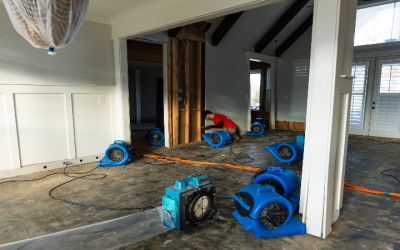Metal parts and components on everything from heavy machinery and automated systems to luxury cars and electronics are durable and effective. They can withstand temperature changes, including high temperatures, and they can also be treated to reduce any risk of surface corrosion.
However, metal on metal parts create a range of issues in any type of application. The surface contact can result in early wear and tear, poor performance and part life cycles, increased noise, and vibration, the risk of electrical current transmission throughout the system.
To eliminate these issues, rubber can be used between metal parts. In the past, gaskets, and dampers where the go-to choice to prevent noise, vibration, shock, and damage to the surface of the parts, but this involved additional components and additional steps in the manufacturing process.
The Ideal Solution
Thanks to advances in different types of adhesives and processes, using rubber to metal bonding solutions for parts across industries prevents the additional cost and time of using gaskets and dampers.
With the rubber to metal bonding process, specialized adhesive elastomers and primes are used to adhere to both the electroplated surface of the metal as well as to the rubber. The result is a solid, dependable, and durable bond between the metal and the rubber that does not degrade with heat, exposure to water or other compounds, or to shear and stress forces.
The durability and the cost-effective nature of the rubber to metal bonding process make this an ideal option for parts that are both simple and complex in shape. These parts can be found in any type of equipment and systems.


